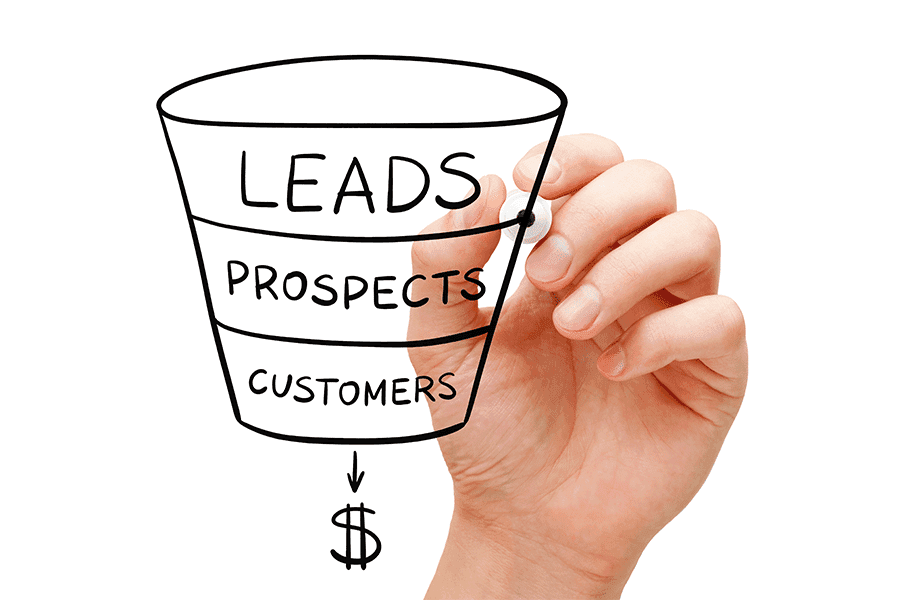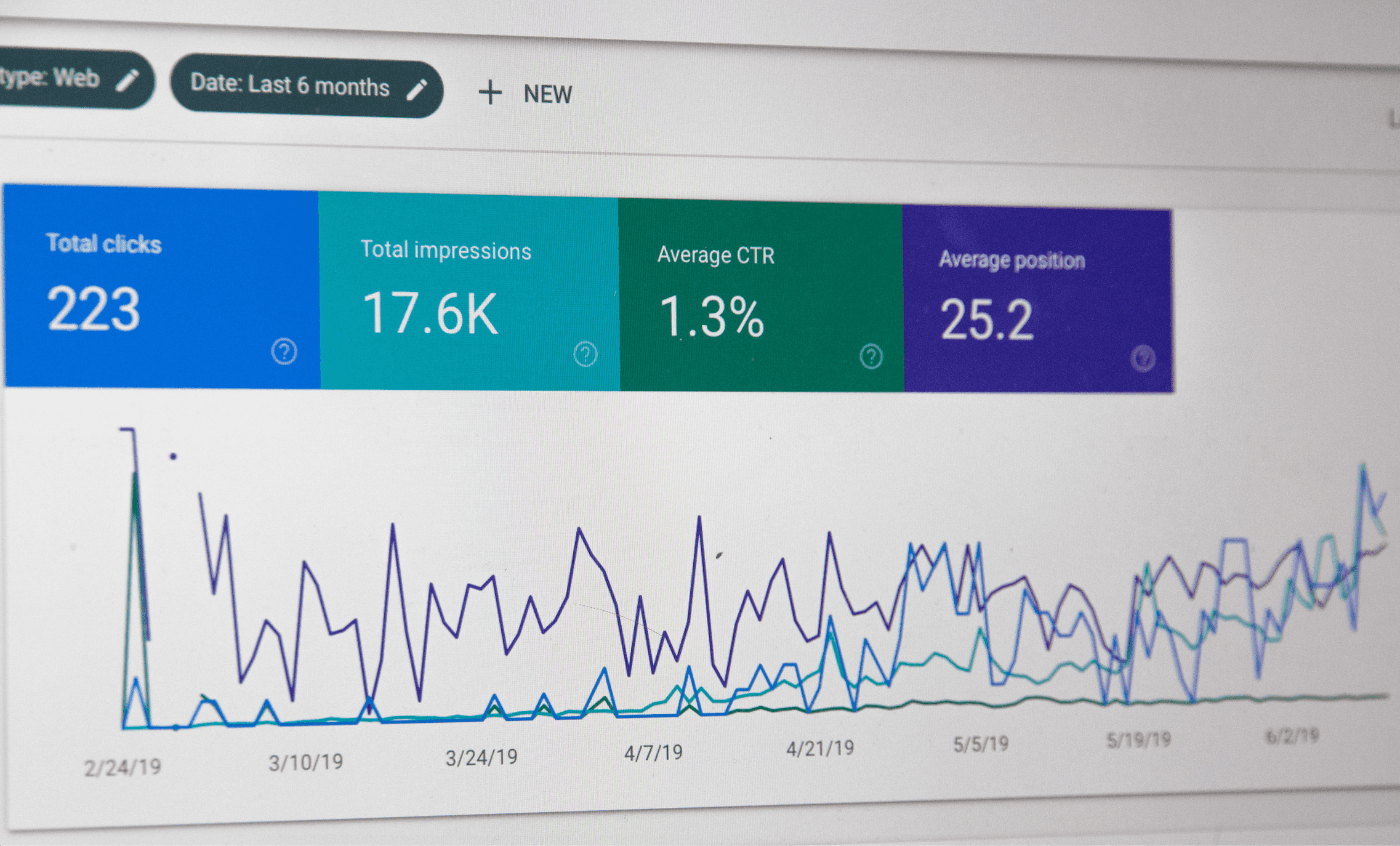Top 22 Digital Marketing Trends for 2024! (Must Read)

Digital marketing evolves at lightning speed. What is working today may be phased out in the next few months by a new algorithm update. It’s crazy, it’s fast, it’s crazy fast, and we love it. But as a business, It’s prudent to keep up with the latest innovations in order to keep growing, or else your business will be stuck in strategies and tactics that don’t work anymore.
This article highlights the top digital marketing trends that we believe will give businesses a competitive advantage in 2023. We hope you find it resourceful. Let’s dive in!
Article Overview
4. Advertising In The Metaverse
7. Employee Advocacy and Engagement
9. Personalization and Customization
13. Google Search Featured Snippets
21. GenZ will Continue Growing
22 Digital Marketing Trends to Look Out For in 2023
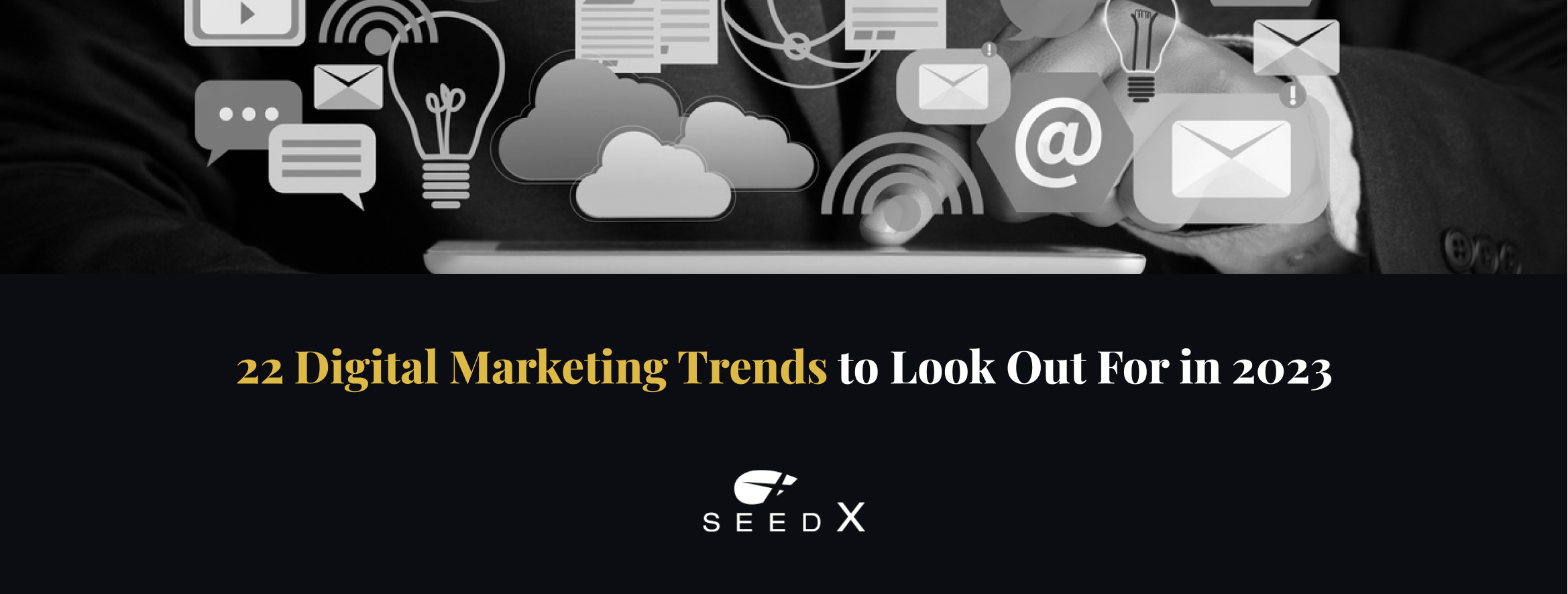
1. Voice Search
This is a fast-growing area in digital marketing with the introduction of digital assistants in smart devices like speakers, phones, car navigation systems, home appliances, and wearables. Voice search introduces an extra layer of convenience for internet users by helping them find information faster and easier. According to research, 61% of internet users between the ages of 25-64 intend to use voice search devices in the future.

To prepare for the eventual transition and domination of voice search, it’s time to rethink the type of content you put online and start optimizing for voice SEO. Use more long-tail, natural keywords in your content than short ones. For instance, a user is more likely to ask their search assistant, “where can I find the most expensive watches in the Tampa area” compared to “expensive watches.” Voice SEO will be a must for brands moving forward in order to be visible in voice search results.
2. Marketing Chatbots
Chatbots are familiar. However, we expect a surge in usage as more companies leverage chatbots in their customer support. Chatbots provide 24/7 assistance and make interactions faster and more seamless. This means customers don’t have to wait until customer service agents are available to answer their inquiries. A great example of chatbot marketing is Uber, which allows customers to request rides through Facebook Messenger.

Chatbots also help in customizing customer experience using predictive analytics. For example, Bank of America’s chatbot guides customers through banking processes from the comfort of their devices based on their individual needs.
3. Augmented Reality
Invented in 1968, augmented reality (AR) has become more accessible and prominent in our daily activities. It was popularized in the early 2000s when it was introduced into mobile apps. Today, it is being used in marketing to improve customer experience. For instance, the IKEA Place app, launched in 2017, allows customers to see what a piece of furniture would look like in their homes even before they purchase it.

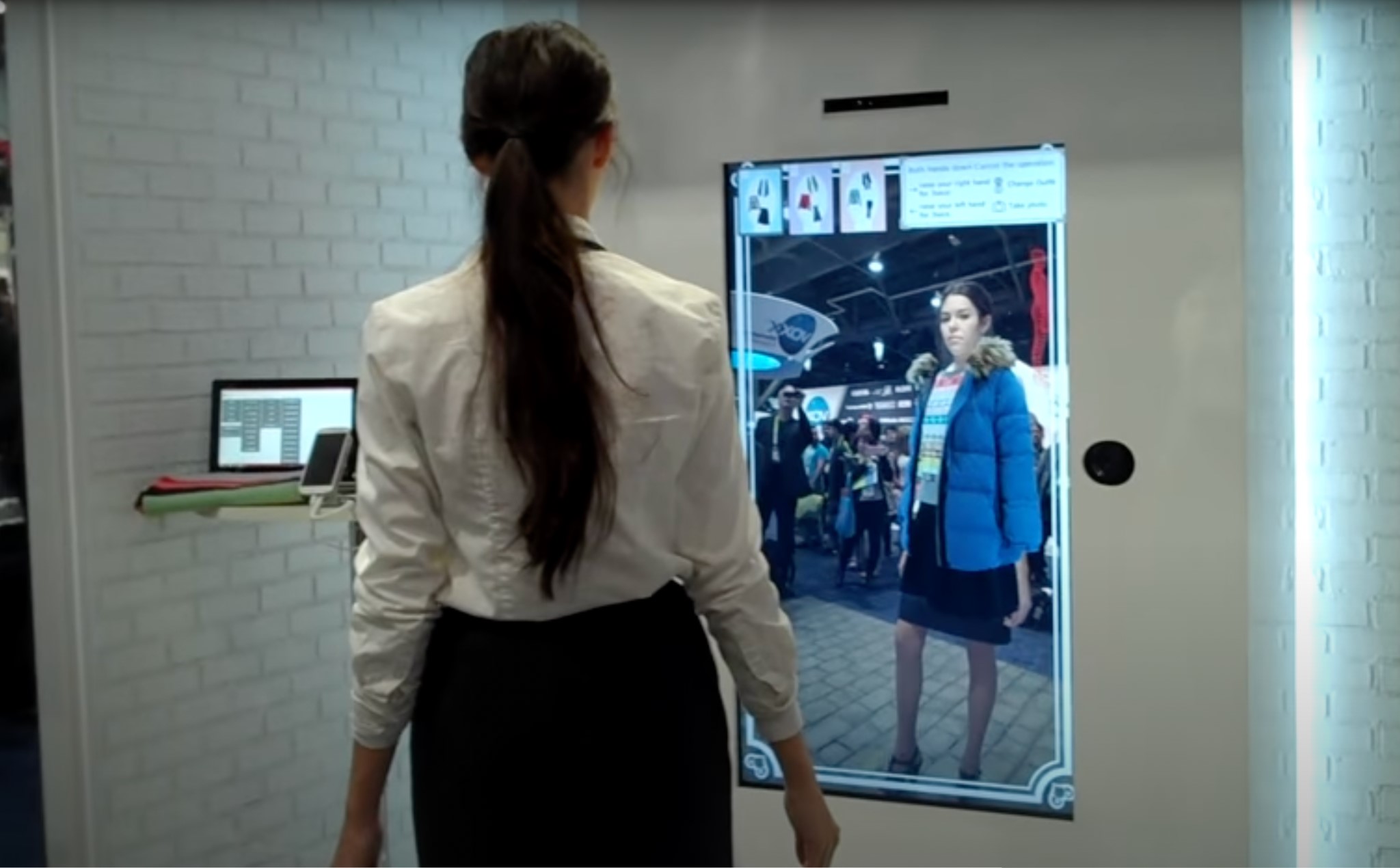
Fashion and brands are also leveraging AR to create virtual fitting rooms that allow you to see how clothes would look on you even before purchasing them. AR introduces a new dimension into experiential marketing that gives customers a complete outlook of a product without financially committing. This might help reduce buyer dissonance and might be the difference between a purchase and drop-off.
4. Advertising In The Metaverse

The Metaverse, although still in its infancy, is the next marketing frontier as the world moves into a more immersive web format. It presents a land-grab opportunity for savvy brands who want to stay ahead of the curve. Companies can create a whole experience in the Metaverse that allows prospective customers to immerse themselves in the brand. This introduces a new experiential level that no billboard, ad, image, or piece of copy can bring.
5. Branded NFTs
Although relevantly new, NFTs are creating a splash in the online world. They present new opportunities for brands to create new touchpoints. Companies can use NFTs to take their marketing to the next level. You can create unique, exclusive experiences that are accessible only using branded NFTs. You can also include NFTs as part of your giveaway promotion strategy. In 2021, Marriott was one of the first hotel brands to offer NFTs as part of their Marriott Bonvoy travel program.
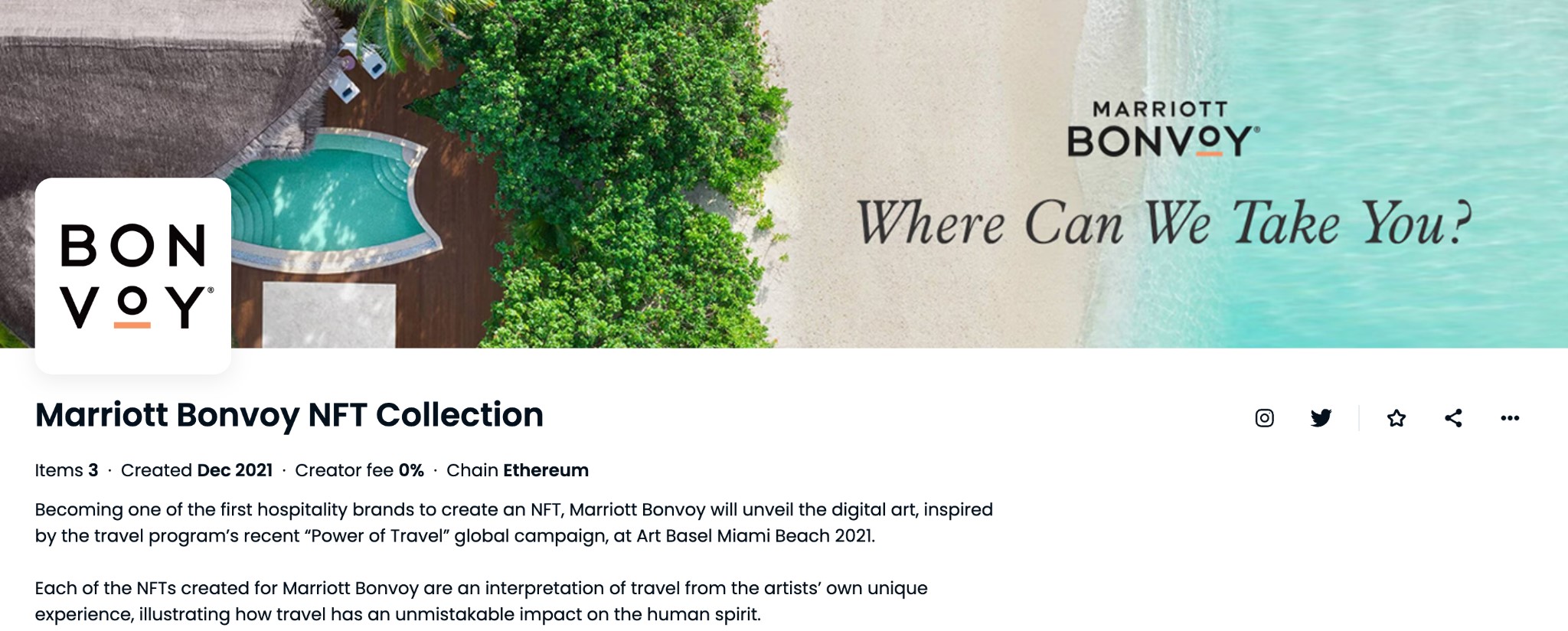
6. Customer Experience
Let’s face it; customers are more empowered in the digital age. This places a demand on brands to provide outstanding customer experiences. The truth is, if your customer is not happy with your services, they can easily find another company that is offering the same service in a better way.
According to a PWC report, 73% of people consider customer experience in their purchase decisions. It goes on to say that, currently, only 49% of consumers in the USA believe that companies provide good experiences. This is the next frontier for business as customers expect a seamless encounter from discovering your brand to making the sale.

Customer experience is also tied to retention rates. Satisfied customers are more likely to return and buy again than unsatisfied customers. According to Bain and Company, a 5% increase in customer retention has the potential to increase your profit by 25%.
7. Employee Advocacy and Engagement
While it may not be apparent, employees are a huge part of marketing as they give a raw, unfiltered experience of your company. According to Sociable, leads generated through employee socials are seven times more likely to convert compared to official company channels. Employees are also more likely to be trusted as they are “real” compared to generic brand pages. They also help form the perception of what it is like working with your company.
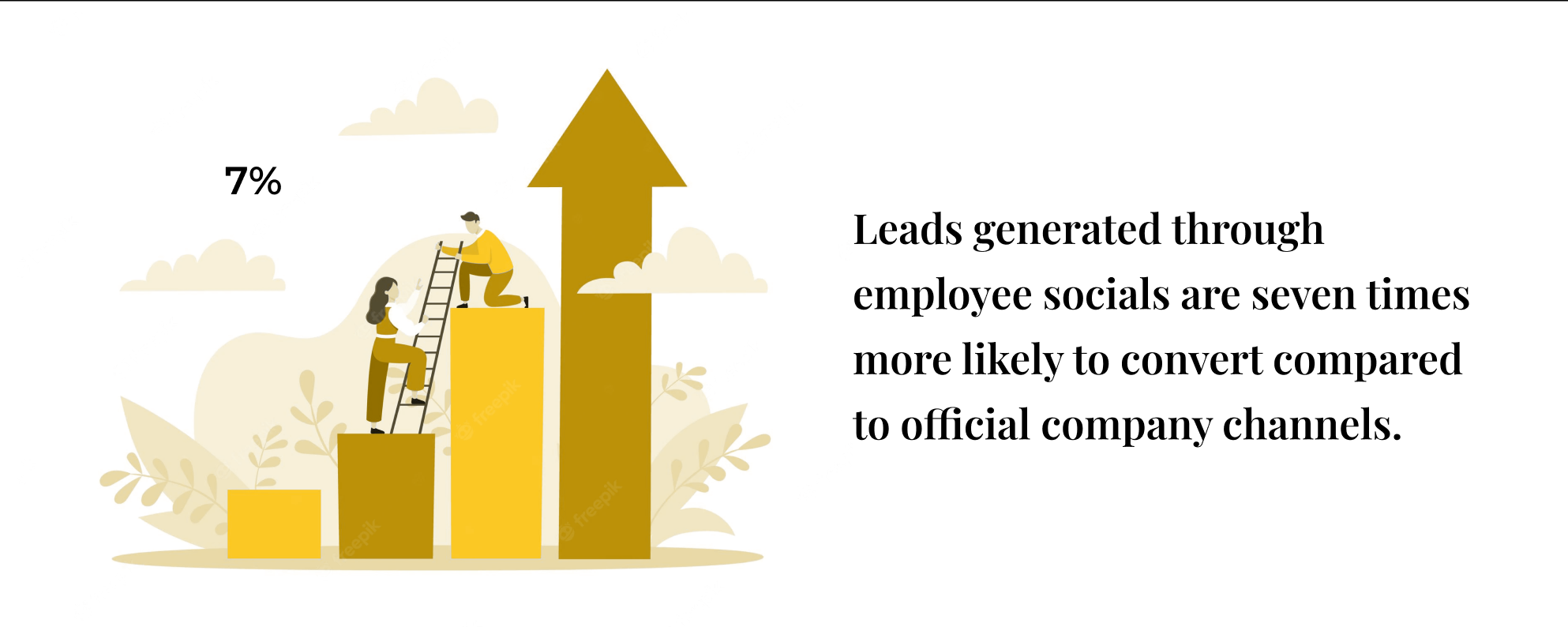
Moreover, employees are the business! Especially if your business is service-dependent. A bad employee attitude can stop prospective customers from doing business with you. Customers are also more likely to leave if employees lack knowledge about the service or product and cannot satisfactorily address their inquiries.
8. Content Visualization
The discussion around content engagement has been reduced to a short attention span. However, the truth is audiences engage with interesting content, irrespective of the length. Period. Visual content is more exciting and engaging than plain text. Imagine reading this monster blog without any images. You probably wouldn’t even have gotten this far.
To keep users engaged with your content, use more images, data visualizations, videos, and infographics in your content. They are more memorable, attractive, and easier to understand.
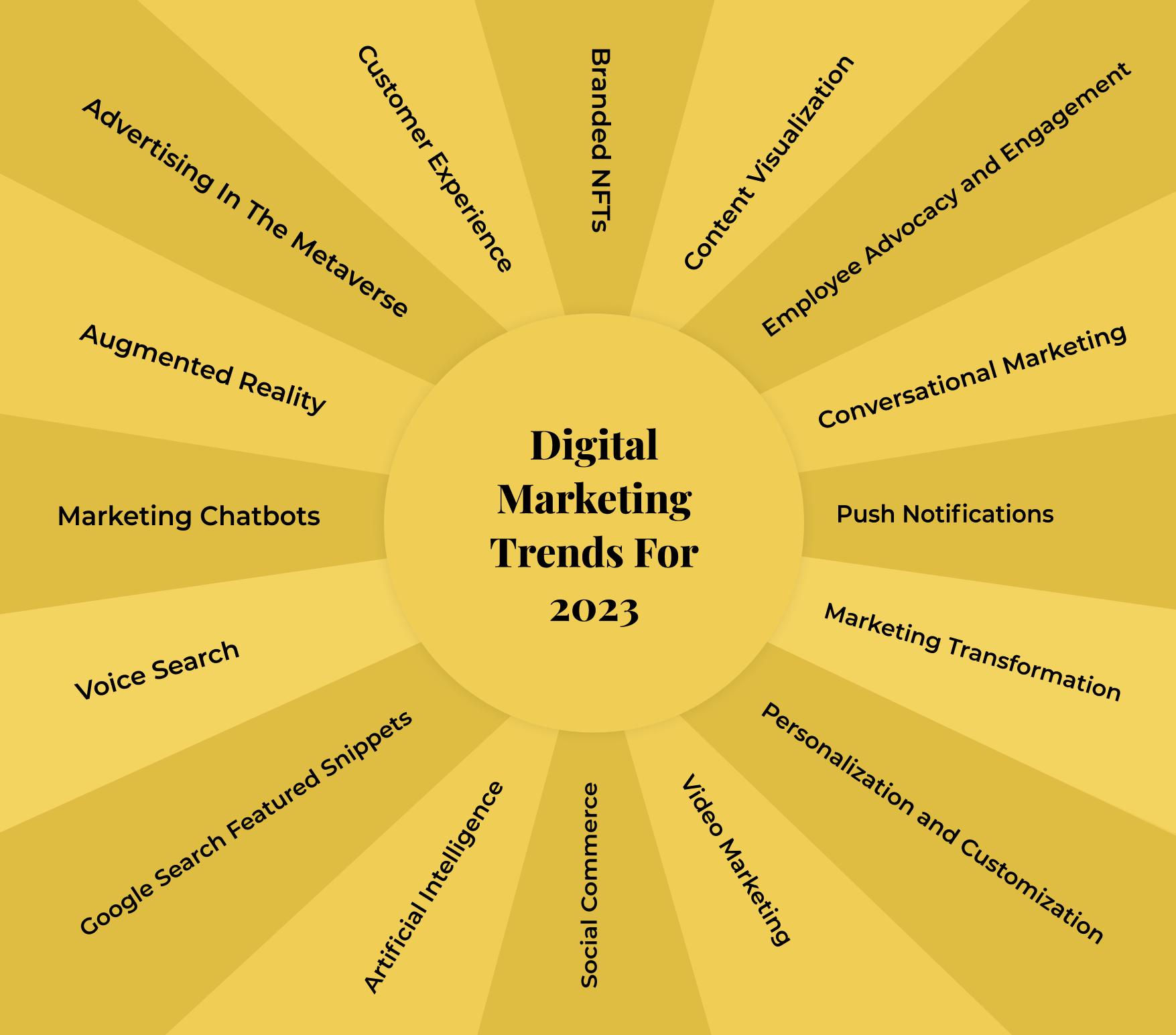
9. Personalization and Customization
Everyone wants to be seen and heard. This undeniable human programming is what makes customization work. Humans like to engage with other humans who understand them. With the use of AI, businesses can understand individual customer preferences and provide unique experiences to their customers. According to a survey conducted by Epsilon, 80% of customers are more likely to purchase from businesses that offer personalized experiences.
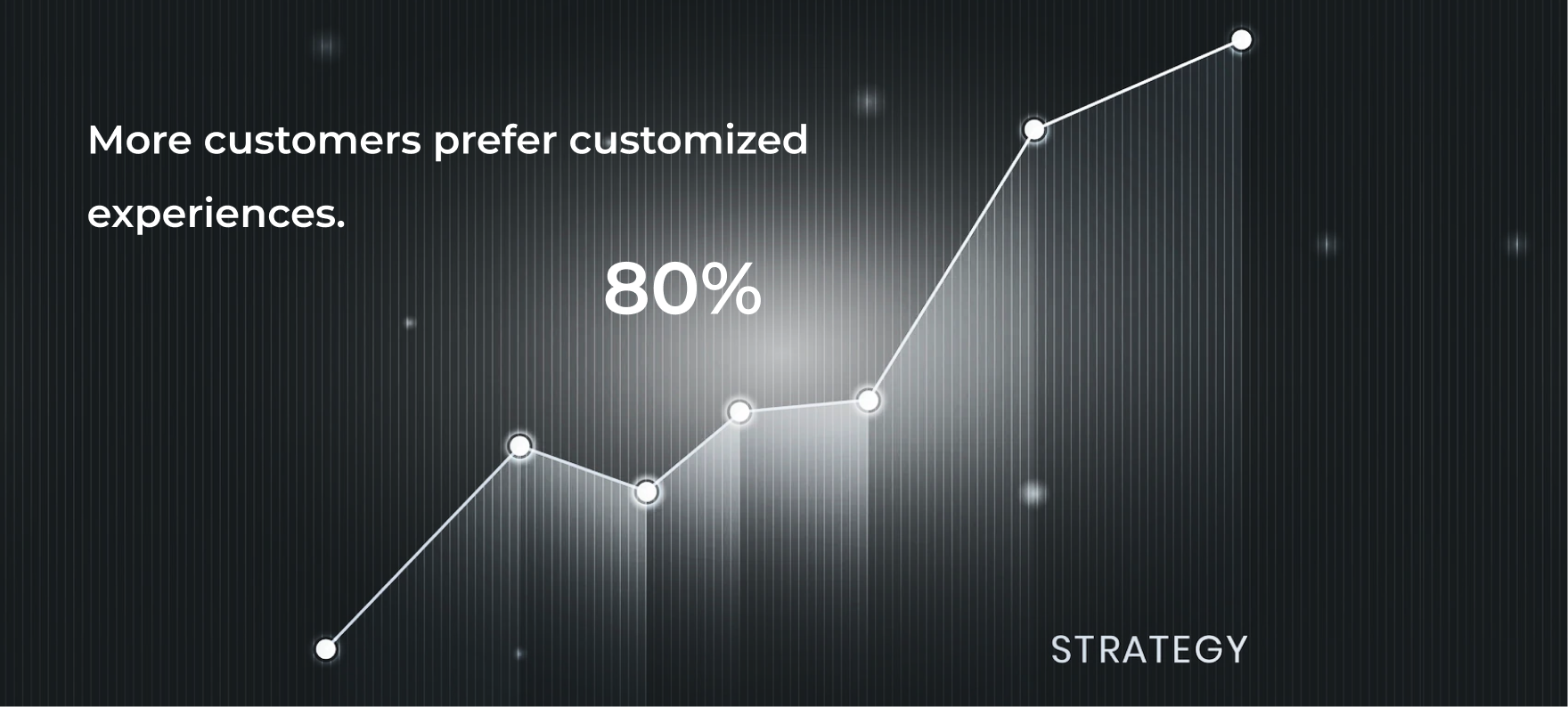
10. Conversational Marketing
Customers want more authentic brand interactions, which has led to the rise of conversational marketing. This is all about using your customer’s language in your communication. Corporate-speak is archaic as more customers seek more “personality” in communications.

However, we’d like to put a caveat here. The audience and industry norms inform the choice of communication style. What may work for a D2C brand that sells custom jewelry to a GenZ audience cannot work for a finance firm whose audience is 50-year-old executives. Apply conversational marketing carefully.
11. Marketing Transformation
Marketing transformation is all about aligning your marketing goals with your business goals. It involves redefining processes and procedures in order to operate at a higher efficiency, enable new capabilities and achieve more profits. If your business is operating without a strategic marketing plan, 2023 is the year to look closely at your marketing processes and develop a strategic plan. It has the potential to increase your brand awareness, boost your competitive advantage, transform your reputation, and increase your revenue.
12. Push Notifications
Have you enabled push notifications on your phone? According to research, more than 50% of consumers allow push notifications from brands. This is an open opportunity that businesses can leverage to reach their existing user base. However, there’s a thin line between notifications and spam. Research shows that push notification unsubscribe rates are relatively low at 1%. But at around 10+ notifications, the unsubscribe rate increases. We usually advise our clients to send out relevant, highly-targeted messages to retain high subscription rates.
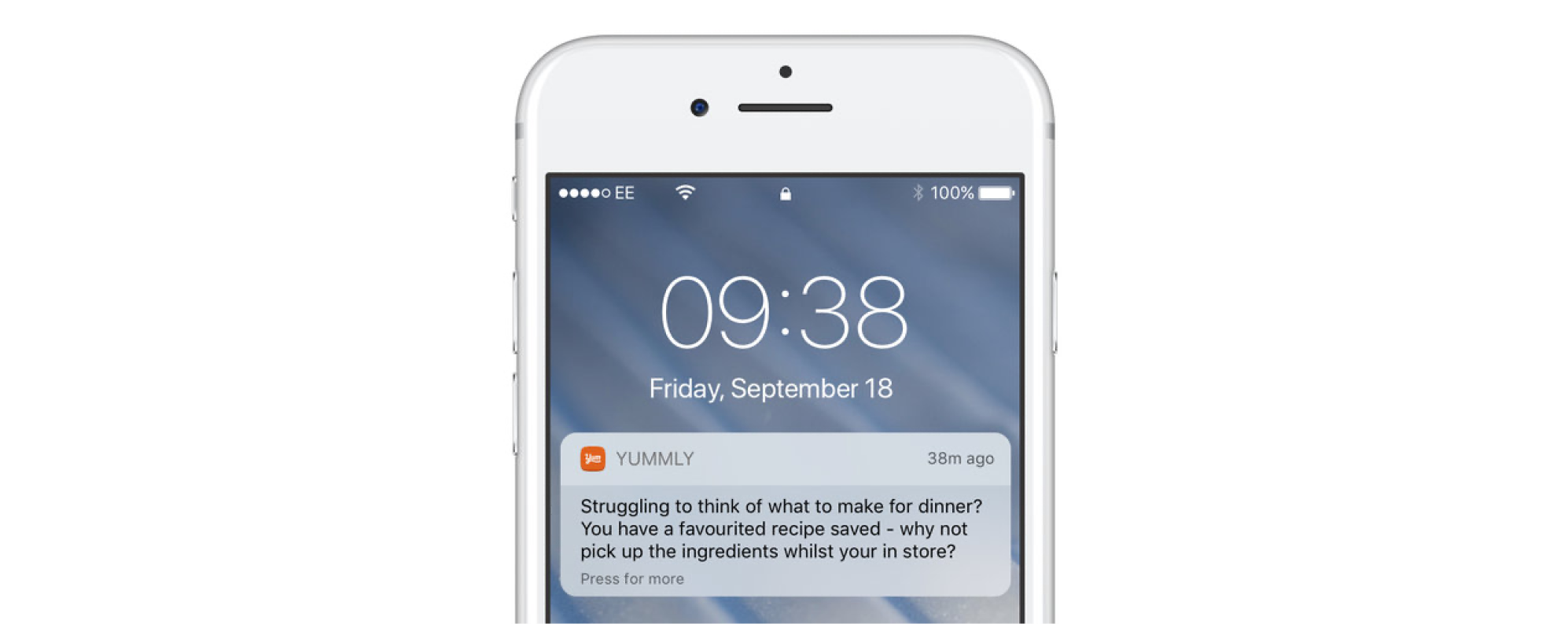
13. Google Search Featured Snippets
“Position zero” is the new SEO land-grab opportunity for many brands. This is the featured snippet that google shows on its search results page (SERP). It’s a highly valuable position as, most times, it’s the only information searchers will view. Currently, more than 60% of search results are featured snippets. It’s time to take another look at your web pages and optimize for “position zero.”

The featured snippet result looks different from other search results. It starts with the text description followed by the title. This is different from normal search results which start with the title followed by the text description.
14. Social Commerce
Social media commerce is huge with Instagram’s checkout and Facebook’s marketplace. With TikTok joining the game, the numbers are just about to go through the roof. Social commerce allows users to buy directly through social platforms. Social media users can buy in real-time during live streams or as they browse on the platforms. According to Statista, this trend is on the rise and will not end soon.
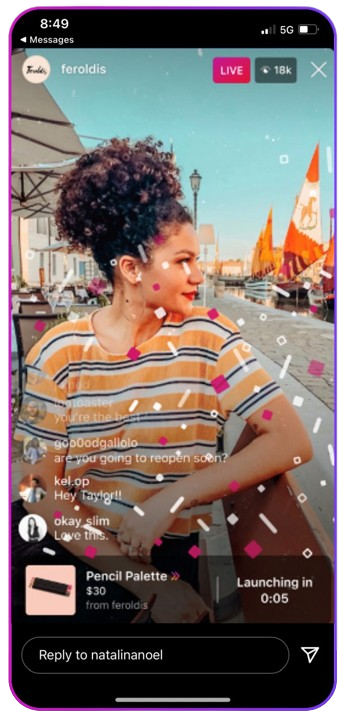
15. Artificial Intelligence
Artificial intelligence (AI) is a scary and exciting opportunity garnering extreme reactions from the industry. Some believe it will improve things, while others believe it will replace humans. Nonetheless, AI is here to stay.
As 2022 ends, we’ve seen the release of different AI systems that take the grunt work out of marketing. ChatGPT is just one example of an AI system that is predicted to take the world by storm as it gets more refined. It is a highly advanced language model that uses machine learning to generate text and build other applications. According to the initial response from a small user base, we believe it might be the next big thing in marketing in 2023.
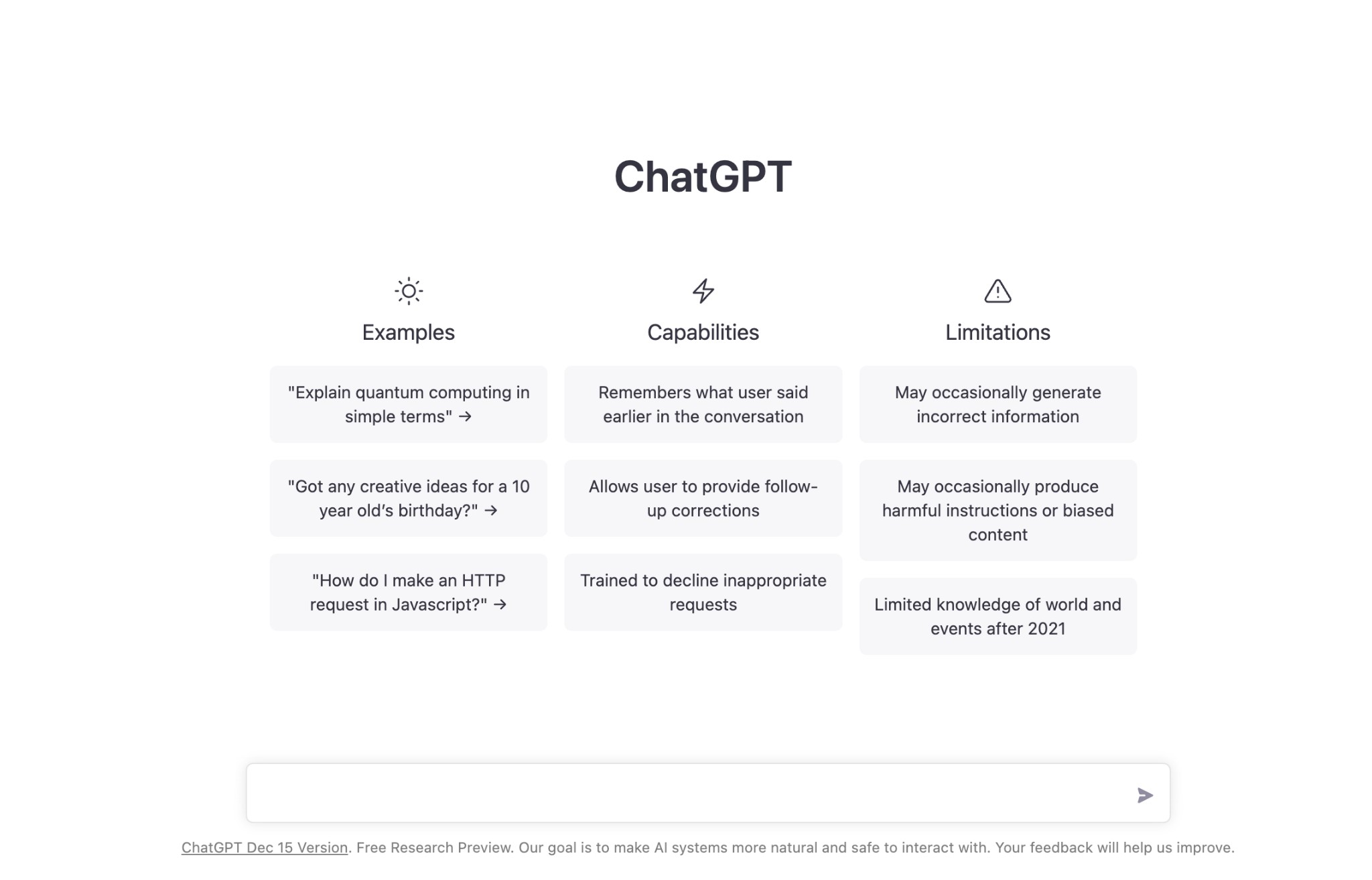
16. Video Marketing
Video marketing has been a hot trend for a minute, and it is only predicted to get even more prominent in 2023. According to research done by Cisco, 82% of online traffic is attributed to video. Wyzowl also reports that about 84% of consumers have bought a product after watching a video.
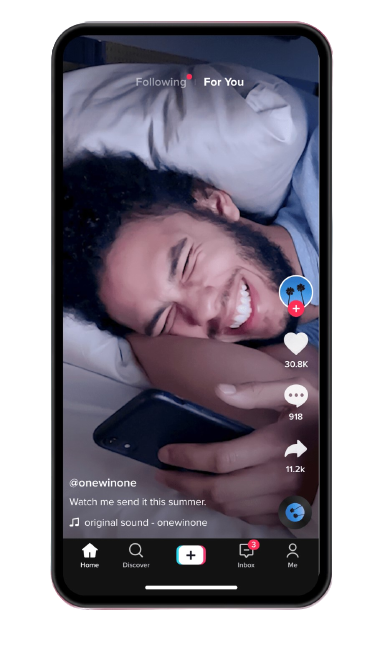
The boom in video marketing was heightened by TikTok and accelerated by the pandemic when the world sought out more interactive communication. Now, there is no going back. Video is here to stay, and it is high time that brands figure out how to leverage video as part of their content strategy.
17. Live Video
Taking a beat from video marketing, live video is growing and is expected to be worth over 139 billion in 2027. It is a popular video consumption format among young people and is considered more engaging than pre-recorded video as it happens in real-time. Research shows that people watch live streams more than pre-recorded videos.
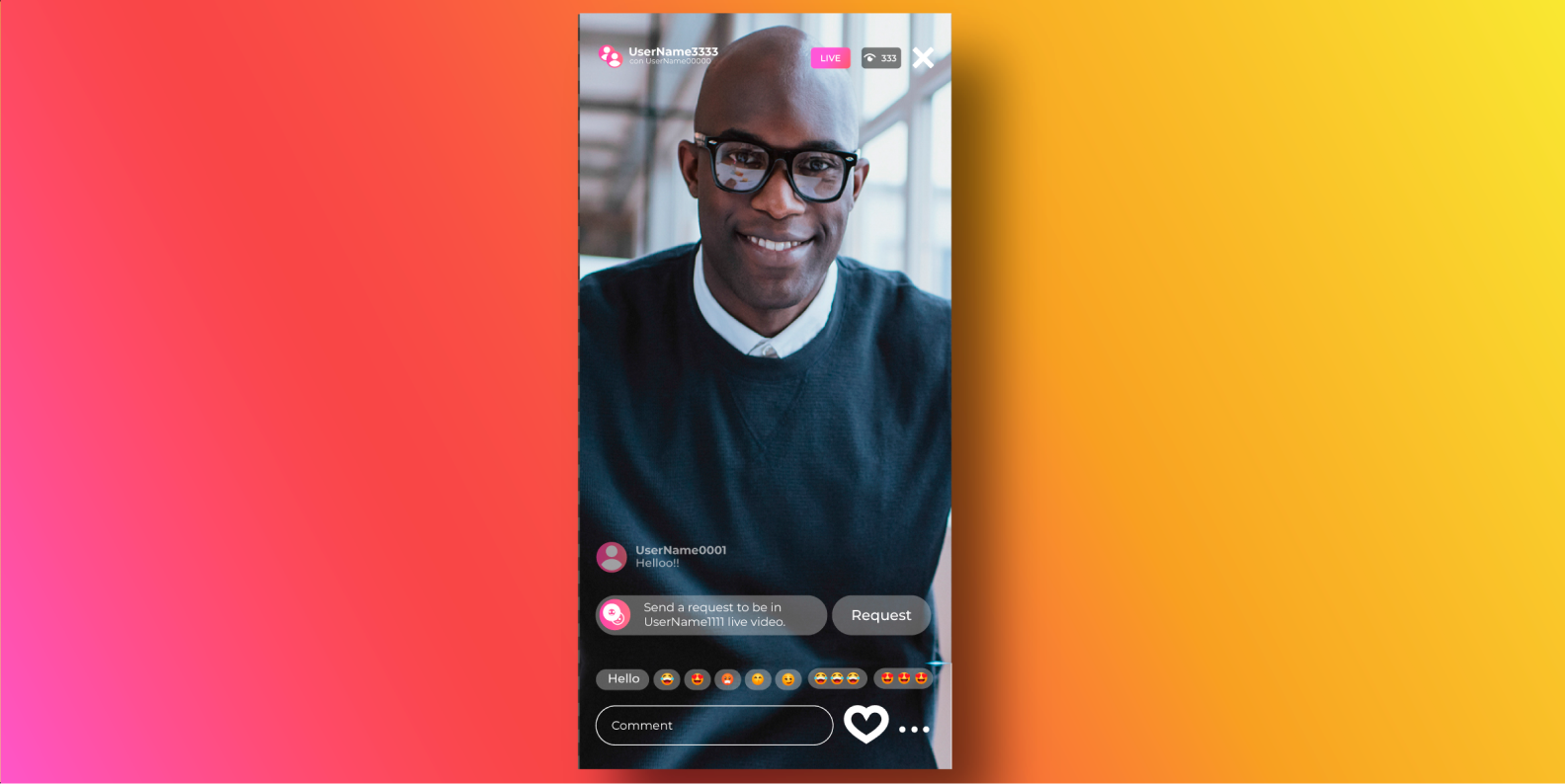
18. The Internet of Things
The Internet of Things has led to the generation of huge quantities of data that are used to understand consumer behavior more deeply. This has the potential to make personalization better and communication easier, leading to increased consumer engagement. According to research, the top 600 smart cities (interconnected using IoT) will account for 60% of the world’s GDP by 2025. IoT tech will only continue to grow with the rise of smart cities.
19. Hyper-Local Marketing
For small businesses looking to increase their brand footprint in their locality and attract customers near them, this is the way to go in 2023. This marketing tactic has a high ROI as it targets customers who normally have high transactional intent using “near me” queries.
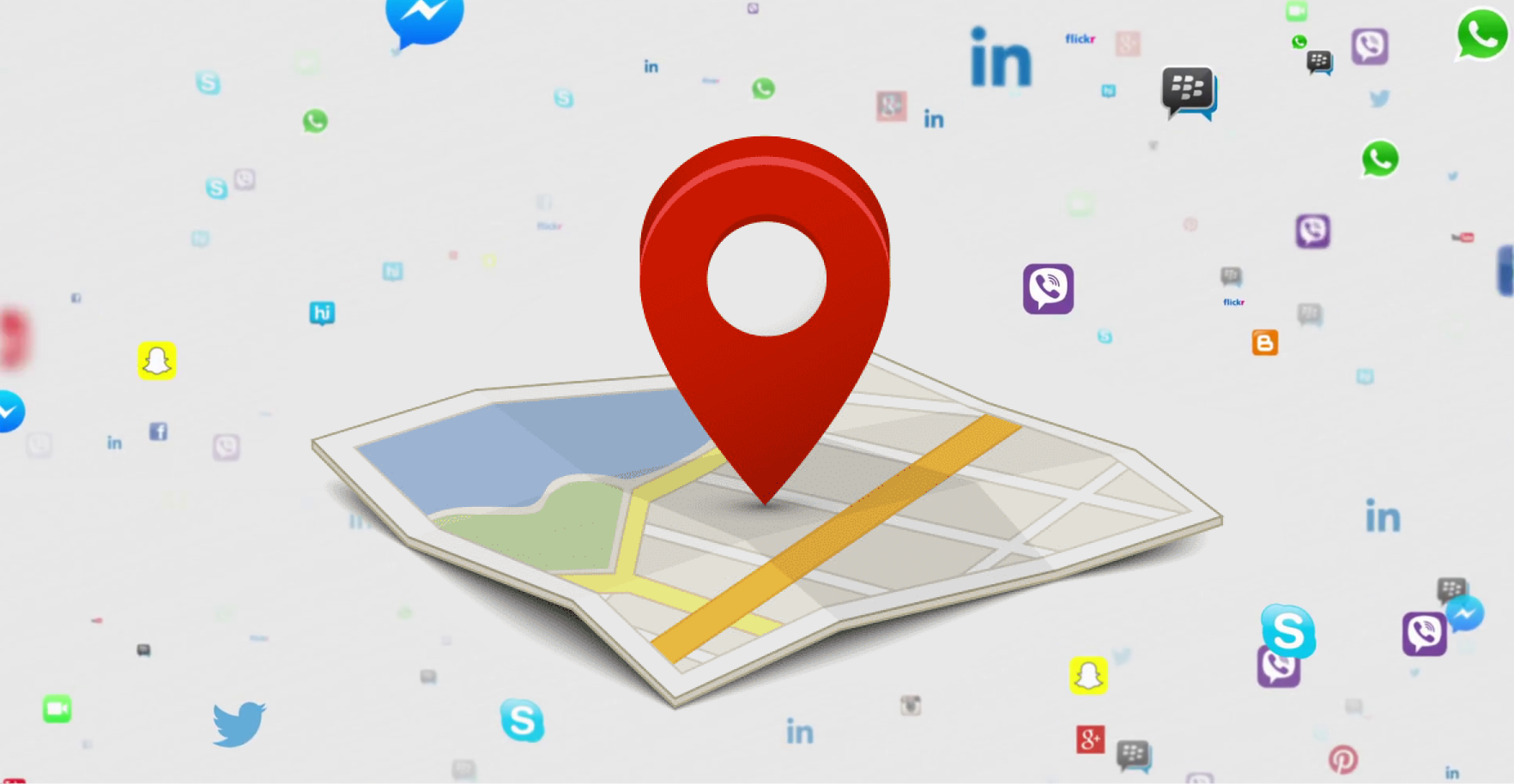
According to research, many marketers use location data in their marketing strategy, and 94% intend to do so in the future. Location-based marketing is reported to be more effective than regular ads. It is a great strategy for small brands without big budgets, as it reduces marketing spend while increasing revenue.
20. Responsible Consumerism
In this age, going “green” is not enough. There is a demand for socially responsible brands that put the community’s welfare first. GenZ consumers are particularly drawn to ethical brands that support social-justice causes. In 2023, more companies that serve younger audiences will be pushed to take a stand on social issues with the corresponding action to support their position.
Participating in social responsibility is not just a good way to look “good.” It actually helps brands connect with their target customers more deeply. A great example of this is Fenty Beauty, which is a cruelty-free brand meaning that they don’t test their cosmetic products on animals.

21. GenZ will Continue Growing
Generational marketing shifts are an interesting trend to observe. You see, what worked for baby boomers, doesn’t work for millennials. And what works for millennials doesn’t work for Gen Zs. Every generation has different preferences and needs.
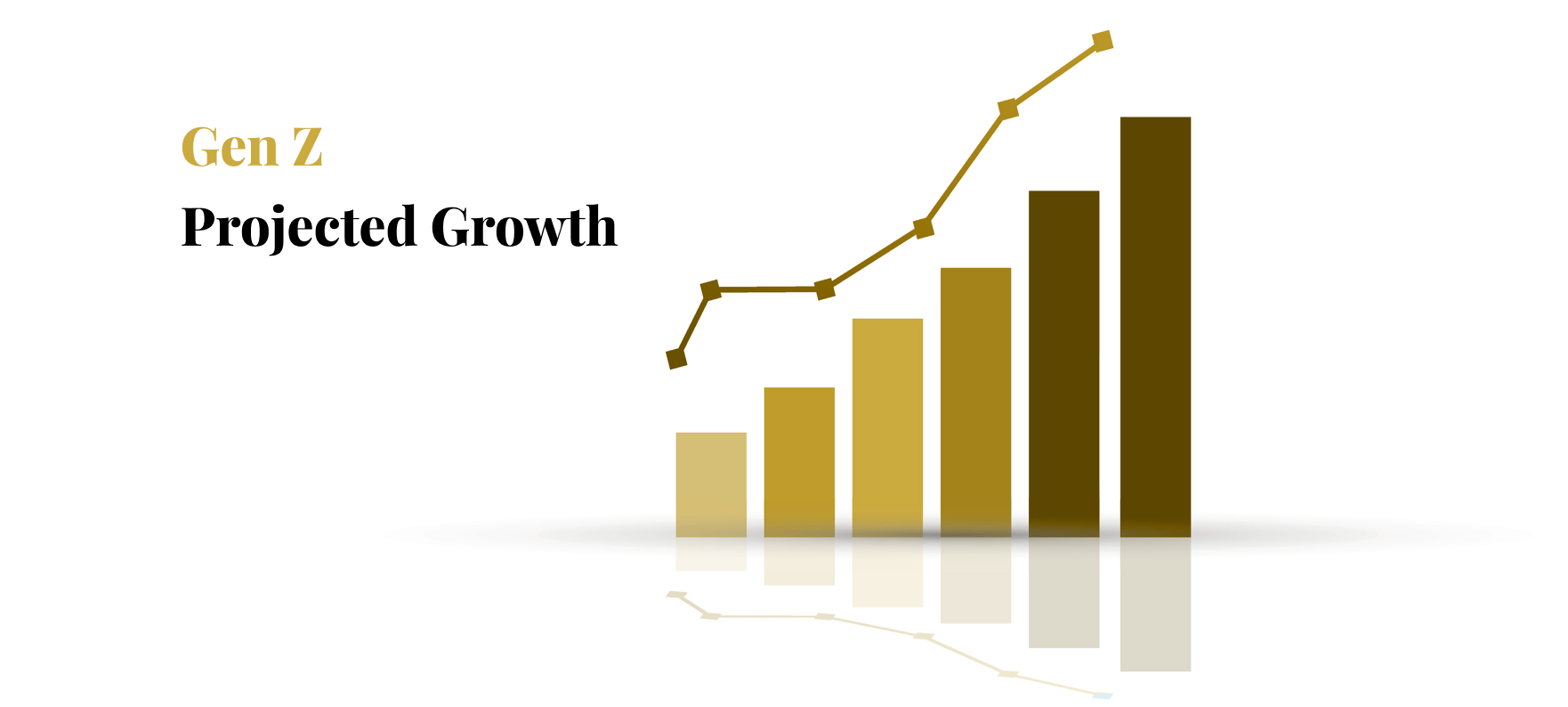
Millennials have already hit the peak, and their population isn’t going to grow beyond what it already is. However, Gen Z is still growing and will only grow bigger. Marketing communication is already shifting towards this audience, and by 2030, they’ll be a dominant customer segment worldwide.
22. The Return of the Blog

Will we see a resurgence of the blog in 2023? For a long time, a section of marketers believed that the blog was dead. They were sold on social media until the recent Twitter saga. This might have shifted their faith in paid channels, and we might see more businesses reviving their blogs. This year, will more companies invest in their blogs than their social media platforms? Only time will tell!
Conclusion
2023 will be an exciting year, and we cannot wait to see how it unfolds. While our predictions are not the end-all-be-all since marketing evolves so fast, we promise that if you pay attention to these listed areas, you will stay ahead of the curve. While you may not implement everything on this list, you can pick out a few areas to focus on.
While marketing technologies continue growing, one thing will never change — the behavior of people. We see a lot of businesses that rush to implement the latest trends and strategies without understanding the audience (the core of their business). Don’t make the same mistake. First, understand your audience, and then capitalize on every other digital marketing trend in 2023. This will help you contextually apply the trends in a way that works for your business.
We hope you enjoyed this installation. If you did, feel free to share it with your network. And in case you need help implementing these trends or improving your existing marketing strategies, reach out to us today. We will be happy to help!






